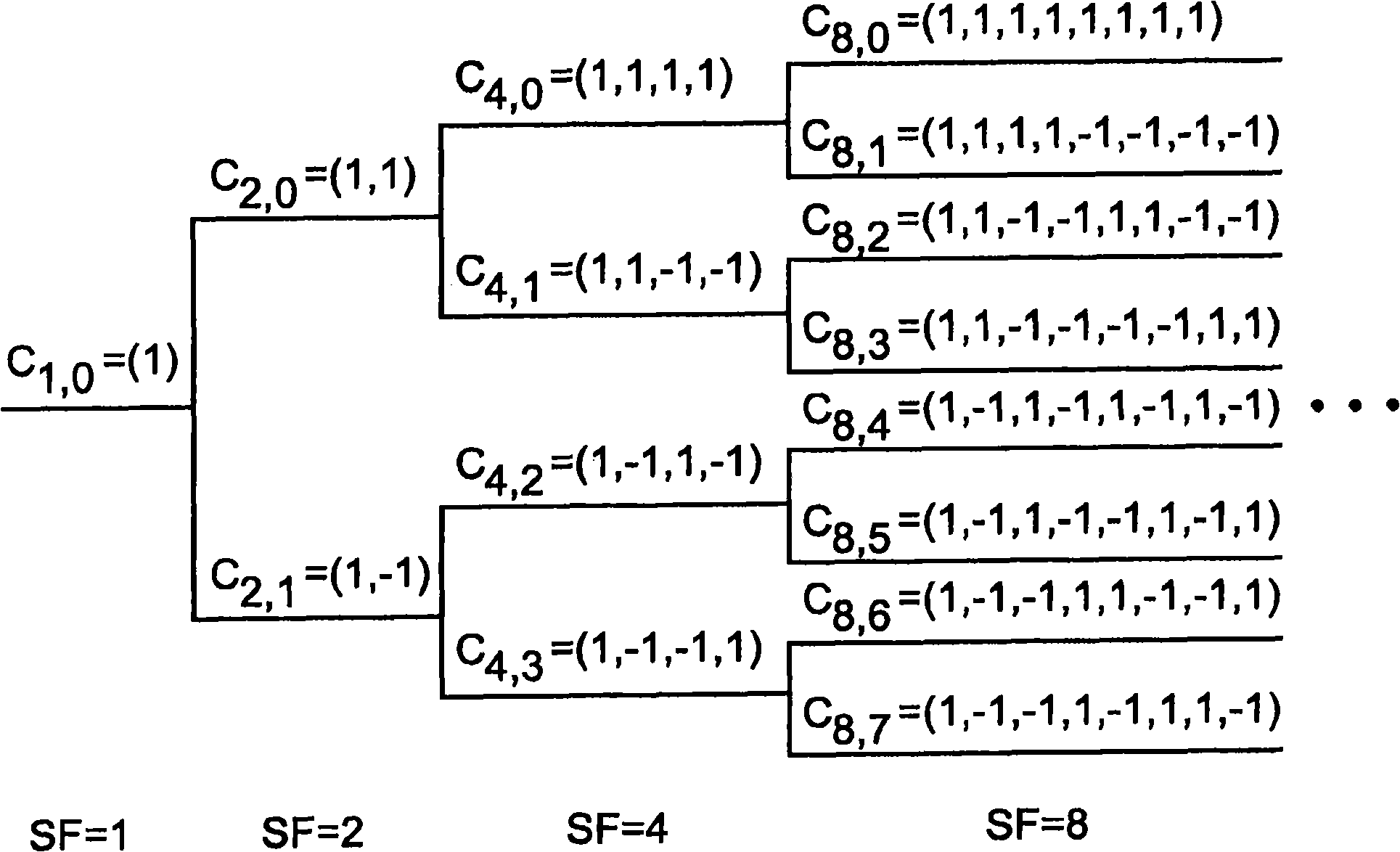Receiver with chip-level equalisation
A technology of receiver and equalizer, which is applied in the shaping network, electrical components, transmission system, etc. Effect
- Summary
- Abstract
- Description
- Claims
- Application Information
AI Technical Summary
Problems solved by technology
Method used
Image
Examples
Embodiment Construction
[0043] In the following, preferred embodiments will be described based on the HSDPA data access system according to the UMTS standard Release 5 specification. HSDPA has been developed to provide high speed data rates in the downlink direction. Due to this feature and due to the dispersion properties of the HSPDA channel, the traditional Rake receiver according to the above first method is no longer considered, while the equalizer scheme according to the above second method is considered as the key solution.
[0044] Fig. 1 shows a schematic block diagram of a receiver 10 in which the preferred embodiment of the invention may be implemented. The receiver 10 has an adaptive interference suppression algorithm based on channel equalization and adapted to synchronous CDMA systems using orthogonal spreading codes in a scrambling manner. In particular, the receiver 10 does not necessarily have any training sequence or training information for adaptive equalization. The receiver 10 ...
PUM
 Login to View More
Login to View More Abstract
Description
Claims
Application Information
 Login to View More
Login to View More - Generate Ideas
- Intellectual Property
- Life Sciences
- Materials
- Tech Scout
- Unparalleled Data Quality
- Higher Quality Content
- 60% Fewer Hallucinations
Browse by: Latest US Patents, China's latest patents, Technical Efficacy Thesaurus, Application Domain, Technology Topic, Popular Technical Reports.
© 2025 PatSnap. All rights reserved.Legal|Privacy policy|Modern Slavery Act Transparency Statement|Sitemap|About US| Contact US: help@patsnap.com



